Acetram | Tablet | 10 pcs
৳ 80.30
Brand Name: Acetram Tablet
Generic: Paracetamol + Tramadol Hydrochloride
325 mg+37.5 mg
Manufacturer: Square Pharmaceuticals Ltd.
Unit Price: ৳ 8.03 (30’s pack: ৳ 240.90)
Indications
This is indicated for the short-term (five days or less) management of acute pain.
Therapeutic Class
Pharmacology
Tramadol, a centrally-acting analgesic, exists as a racemic mixture of the trans isomer, with important differences in binding, activity, and metabolism associated with the two enantiomers. Although its mode of action is not completely understood, from animal tests, at least two complementary mechanisms appear applicable: binding of parent and M1 metabolite to μ-opioid receptors and weak inhibition of reuptake of norepinephrine and serotonin. Opioid activity is due to both low affinity binding of the parent compound and higher affinity binding of the O-demethylated metabolite M1 to μ-opioid receptors. In animal models, M1 is up to 6 times more potent than tramadol in producing analgesia and 200 times more potent in μ-opioid binding. Opiate antagonist naloxone only partially antagonized tramadol-induced analgesia.
Paracetamol (Acetaminophen) is thought to act primarily in the CNS, increasing the pain threshold by inhibiting both isoforms of cyclooxygenase, COX-1, COX-2, and COX-3 enzymes involved in prostaglandin (PG) synthesis. Unlike NSAIDs, acetaminophen does not inhibit cyclooxygenase in peripheral tissues and, thus, has no peripheral anti-inflammatory affects. While aspirin acts as an irreversible inhibitor of COX and directly blocks the enzyme’s active site, studies have found that acetaminophen indirectly blocks COX, and that this blockade is ineffective in the presence of peroxides. This might explain why acetaminophen is effective in the central nervous system and in endothelial cells but not in platelets and immune cells which have high levels of peroxides. Studies also report data suggesting that acetaminophen selectively blocks a variant of the COX enzyme that is different from the known variants COX-1 and COX-2. This enzyme is now referred to as COX-3. Its exact mechanism of action is still poorly understood, but future research may provide further insight into how it works. The antipyretic properties of acetaminophen are likely due to direct effects on the heat-regulating centres of the hypothalamus resulting in peripheral vasodilation, sweating and hence heat dissipation.
Dosage & Administration
For the management of pain, the recommended dose is 1 or 2 tablets every 4 to 6 hours as needed for pain relief up to a maximum of 8 tablets per day. The dosing interval should not be less than six hours. This is not recommended in patients under 18 years of age.
Contraindications
Side Effects
Pregnancy & Lactation
Precautions
Storage Conditions
| Generic Name | Paracetamol + Tramadol Hydrochloride |
|---|---|
| Size | 325 mg, 37.5 mg |
Only logged in customers who have purchased this product may leave a review.

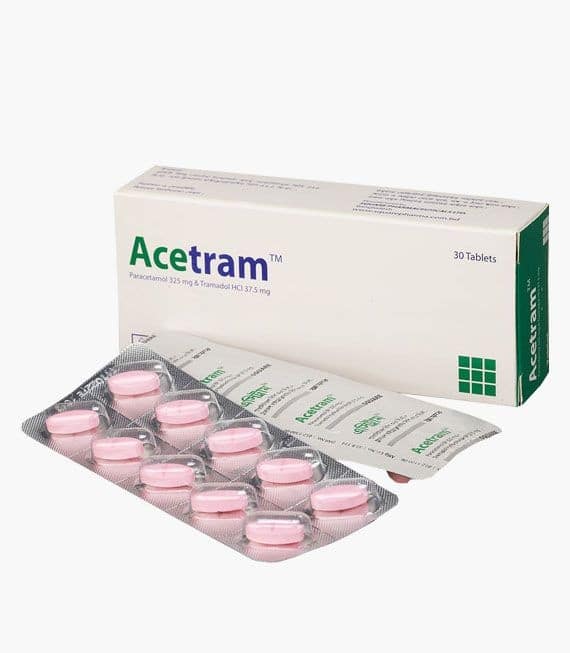



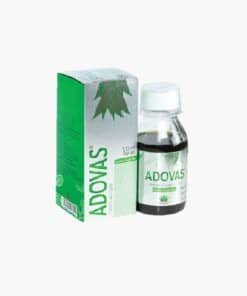
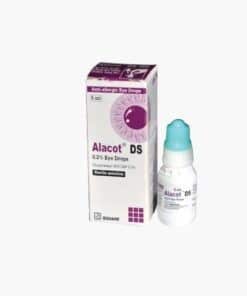
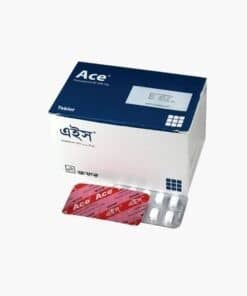
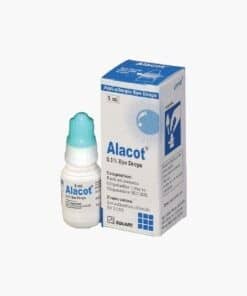
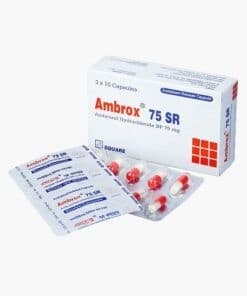
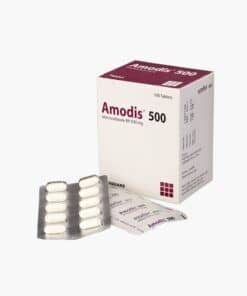
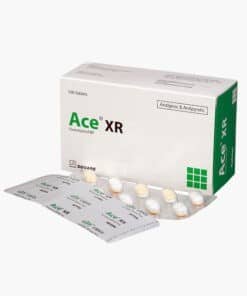
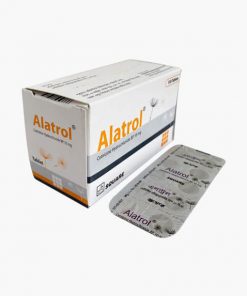
Reviews
There are no reviews yet.